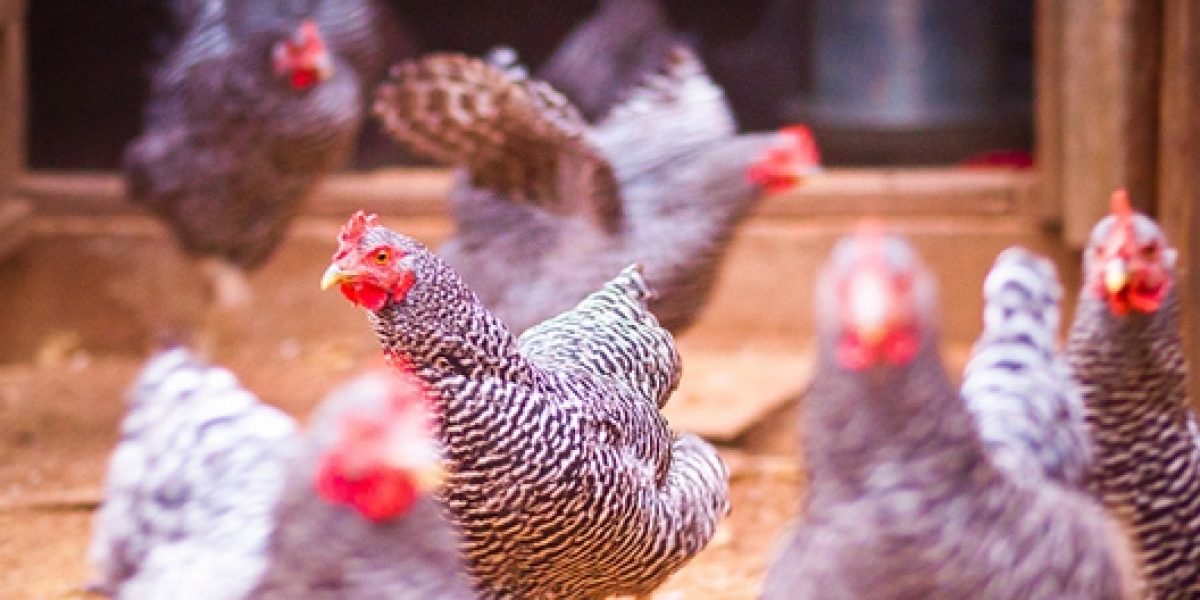At a distance, the US-South Africa chicken dispute is a familiar story. South Africa claims US producers dump dark-meat chicken pieces in the South African market, and thus maintain anti-dumping duties against US imports, effectively shutting them out of the market. The US claims that its producers are not dumping, and points to the fact that US producers sell their chicken in South Africa at prices above that found in the US, as evidence that anti-dumping measures amount to poorly disguised protectionism. Half the world’s meat trade is stuck in similar disputes, with the US fighting ongoing poultry skirmishes with China, India, and a host of other counties. It looks like business as usual in the nasty world of dinner in a global marketplace.
Finding who is definitively right in the South African dispute relies on industry data that, understandably, the chicken people keep close to their breasts – and for this reason this article does not claim to know who is right in the US-SA chicken dispute. But the dispute has broader importance, and illustrates a more nuanced phenomenon than good old-fashioned protectionism.
It is an example of a blind spot in global trade regulation: structural oversupply markets. These are markets that are in a state of permanent disequilibrium, in which supply always outstrips demand.
To illustrate, assume a market that demands 125 white meat chicken pieces and 100 dark meat chicken pieces. Chicken farmers must produce the two in fixed proportion, since both are derived from a whole chicken. If the margins are high enough, farmers will aim to produce enough chicken to meet the greater demand of the white meat market. 125 chickens are therefore produced, meaning there is a 25% oversupply in the dark meat market. This oversupply drives prices down (potentially below cost), as producers strive to make some money on their dark meat pieces, and avoid being stuck in the 25% group that makes nothing.
The United States is a dramatic example of this situation. Americans consume five times more white meat pieces than dark meat pieces.
If the markets are available, these producers can export their dark meat pieces, and this is where the problem arises. These exporters set their prices at or above the price level determined in the oversupply market, which will often be lower than equilibrium prices in the import market (where demand for dark meat is the driving force in producing chicken). These producers are not acting unfairly, it is entirely sensible for them to set prices so low. But domestic producers in the import market may end up facing prices that they cannot compete with. This is not necessarily because they are less efficient. It’s simply because they are setting their prices at equilibrium rates, rather than structural oversupply prices.
This is not a case of dumping, as it is traditionally understood. But it is also not a case of fair trade. Opening up in this case does not lead to more efficient local production. Instead, it can lead to local producers going out of business, which in the long-run may drive up prices faced by consumers, as the supply of chicken shrinks. Anti-dumping measures, though, are also unfair. The exporting chicken producer is doing nothing wrong, they are simply responding to market conditions.
Structural oversupply is not limited to pieces of meat. It is particularly prominent in markets based on industrial byproducts, such as petroleum waste or certain milk based products, as well as in markets with inflexible productive structures like coffee or steel.
There is no mechanism provided in global trade rules to protect local industries from imports at oversupply prices. This is why the likes of South Africa resort to claims of dumping in the case of US chicken, because dumping comes equipped with a mechanism to defend local producers.
Whether such a mechanism should exist is up for debate. On one hand, oversupply in one domestic market is perfectly suited to trade, creating benefits for exporters (who can sell excess goods) and importers (whose consumers face lower prices). This perspective would see this cost advantage as being no different from one based on better technology or lower wages. A limited entry of imports could also prevent domestic demand from outstripping supply, and thus stop local producers from setting excessively high prices.
On the other hand, one could see this trade as being unfair, and holding the potential to disrupt otherwise balanced markets in the rest of the world. In the long-run, an aggressive entry of under-priced (potentially below cost) imports from oversupply markets could drive local firms out of business, undermining local employment and driving up food prices, a lose-lose scenario for the importing country.
Regardless of the perspective one takes, this gap in global trade regulation needs some sort of recognition. So long as the gap remains, issues of oversupply-price trade will be spoken about in the language of dumping and countervailing measures, triggering further dispute.
The US-SA trade dispute is struggling to find a resolution that is outside global trade rules, and therefore in the world of politics. That is a dangerous setting for this week’s showdown in Paris.








